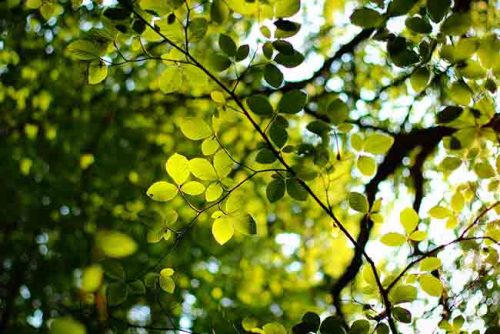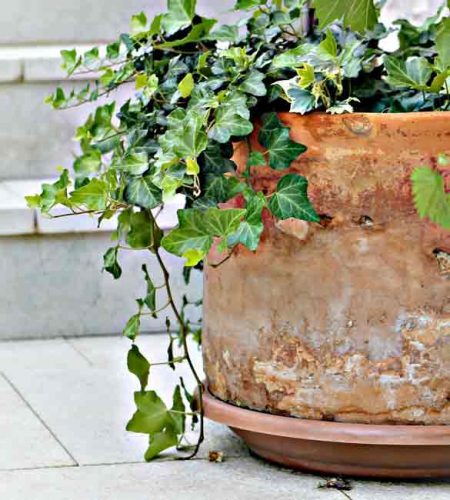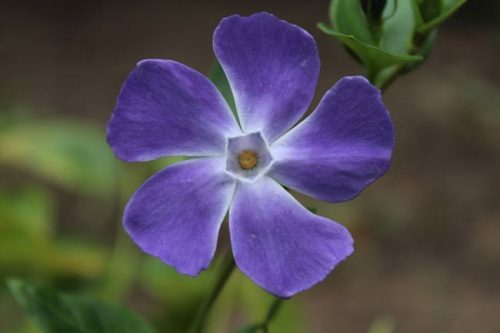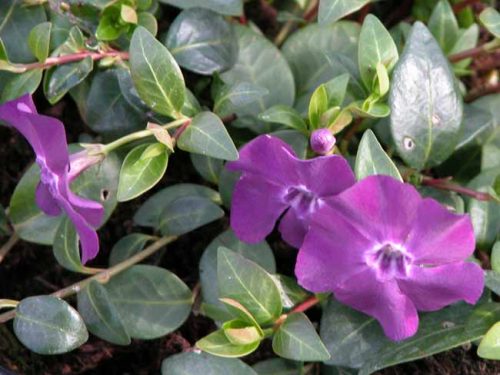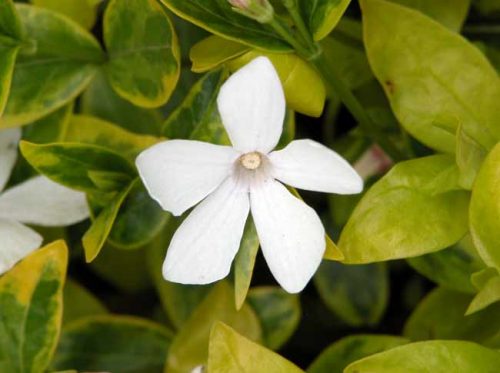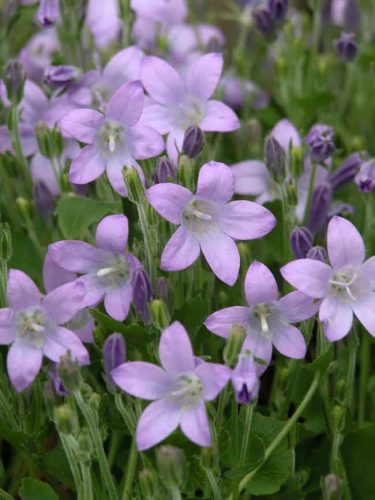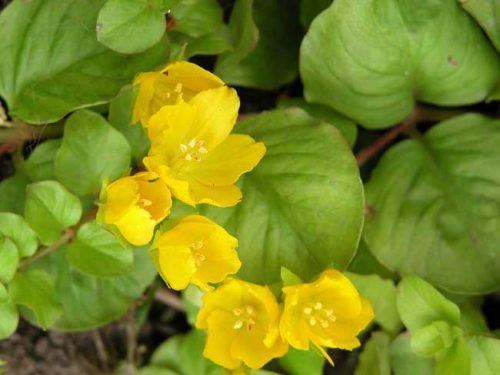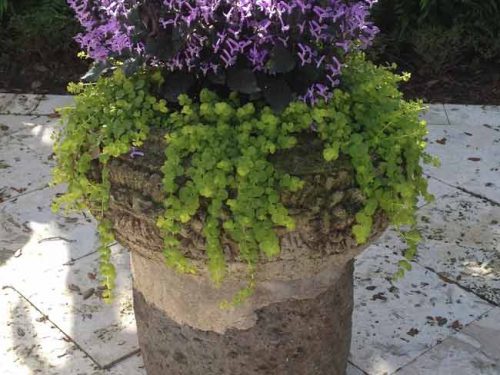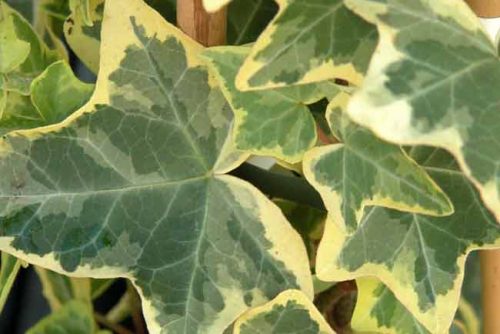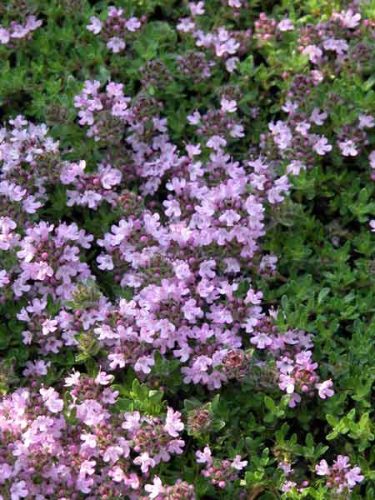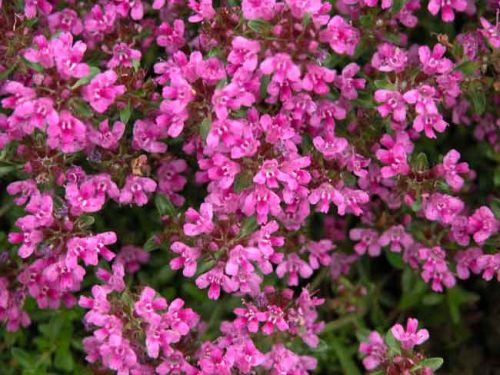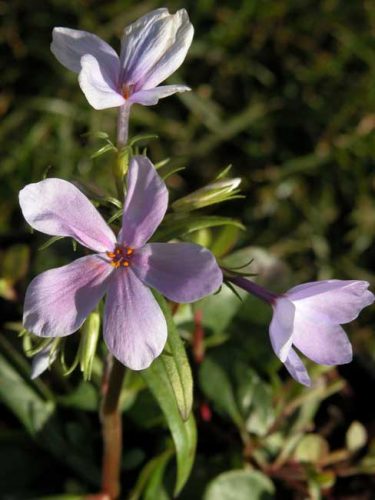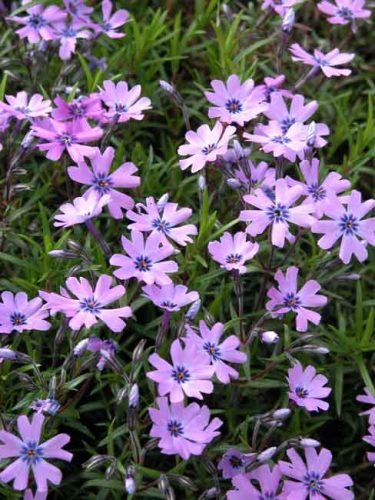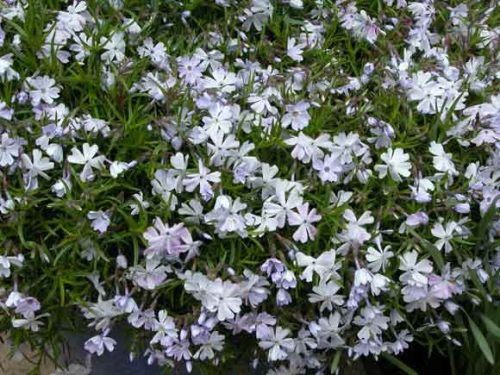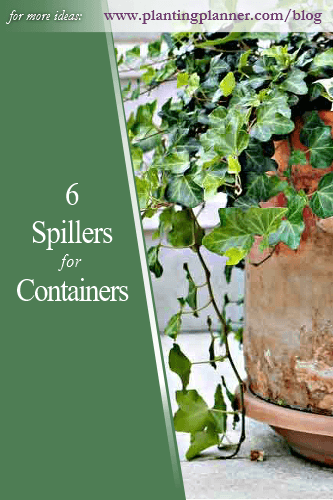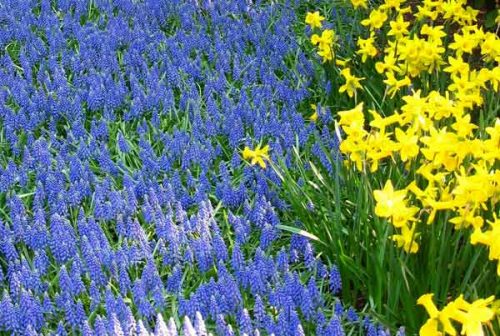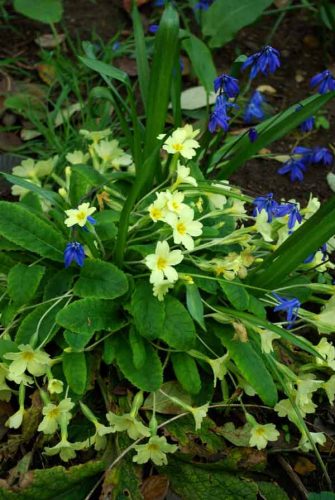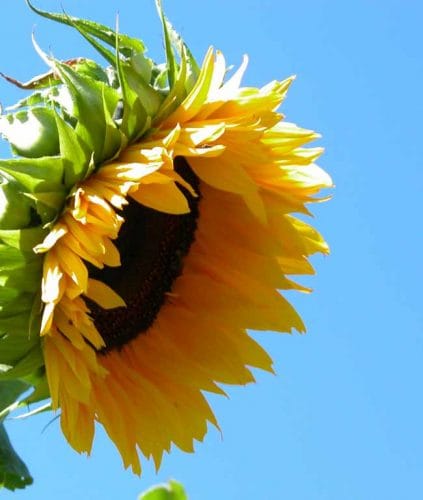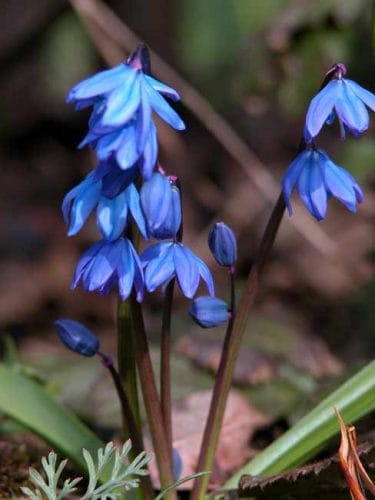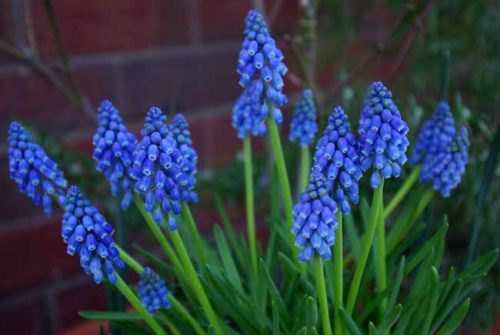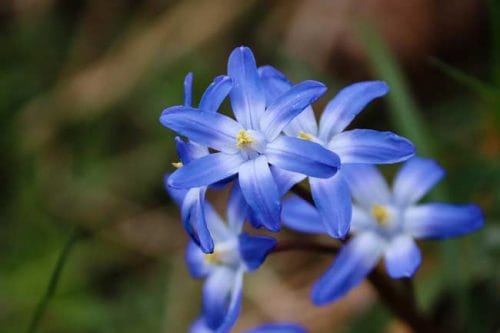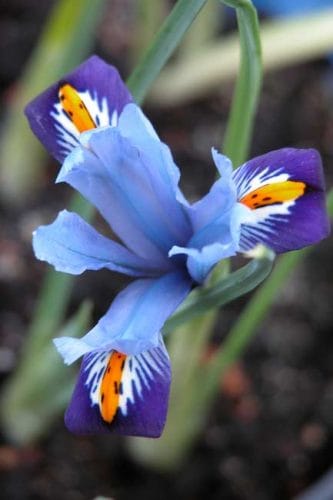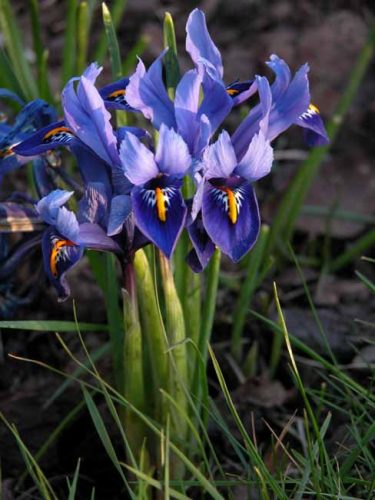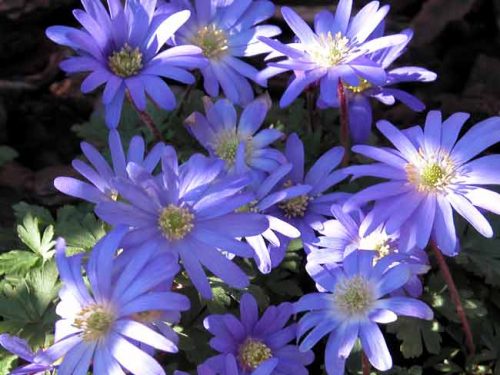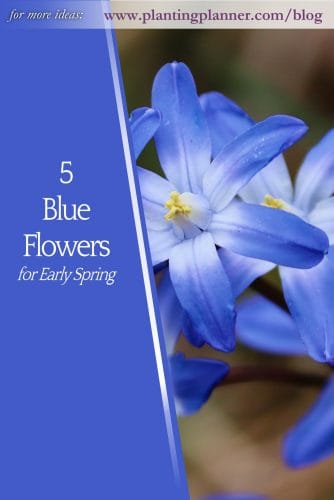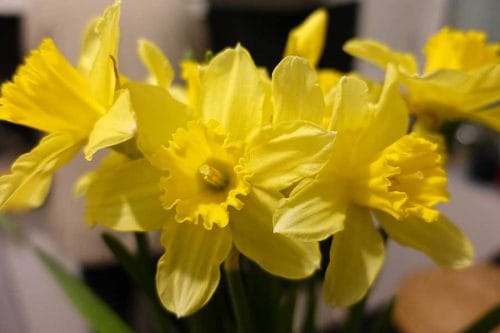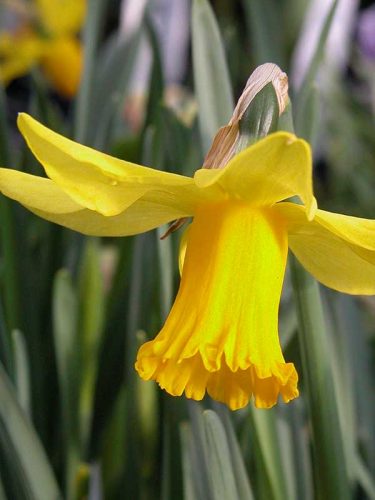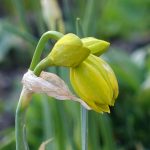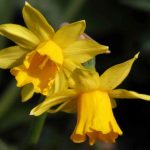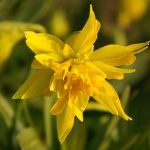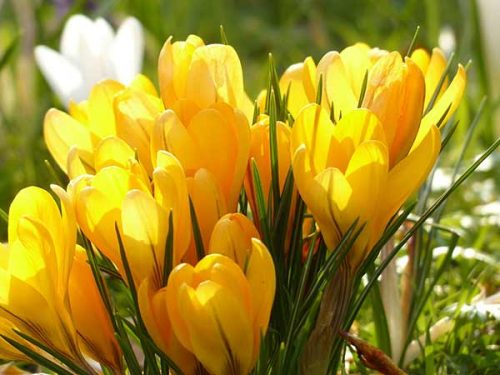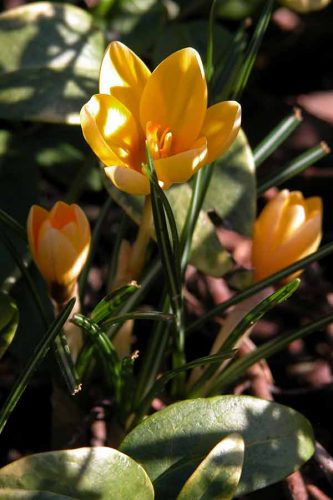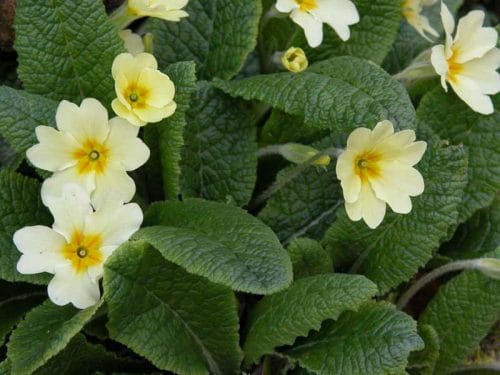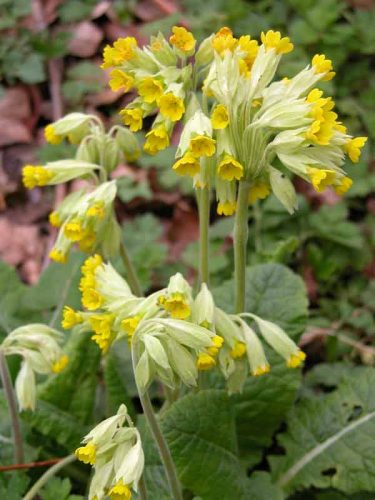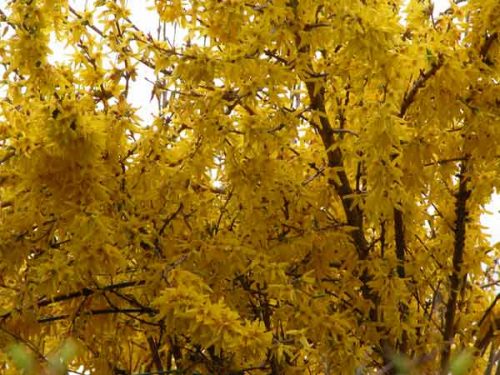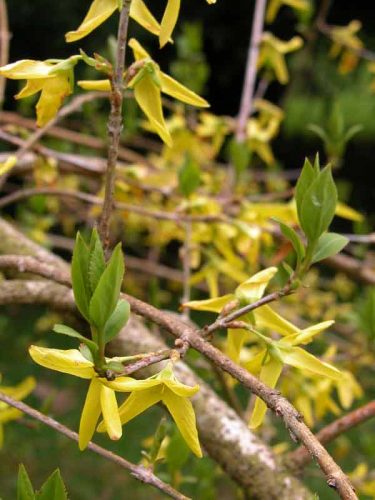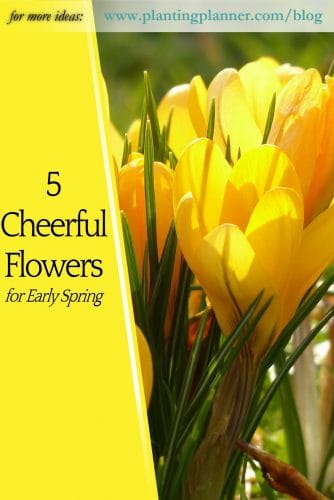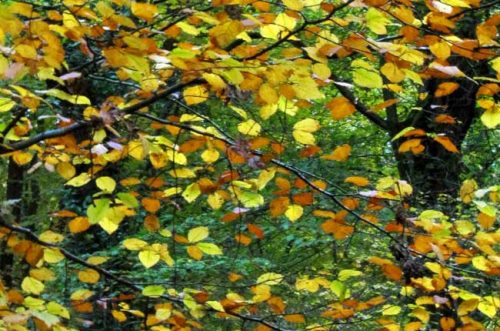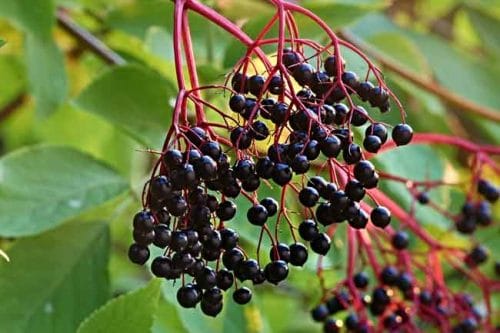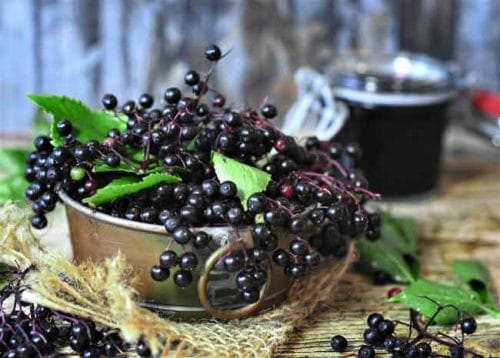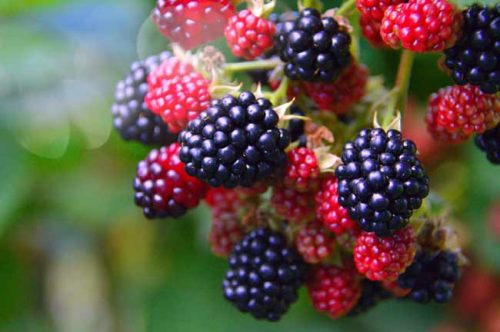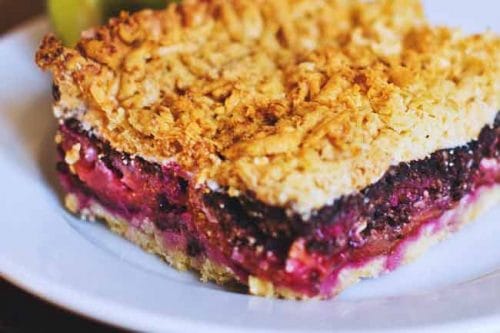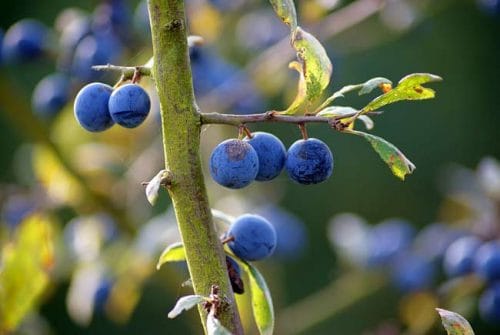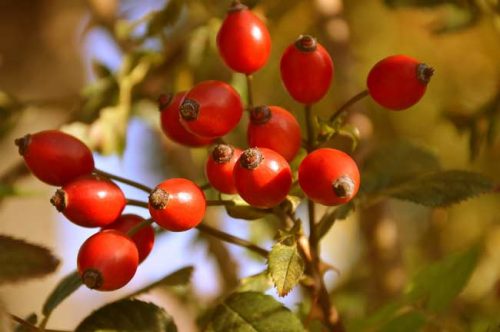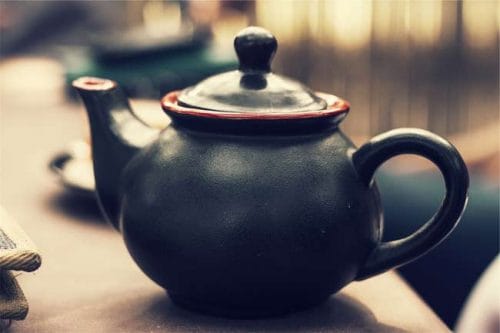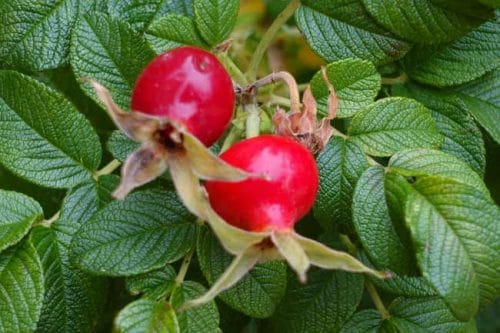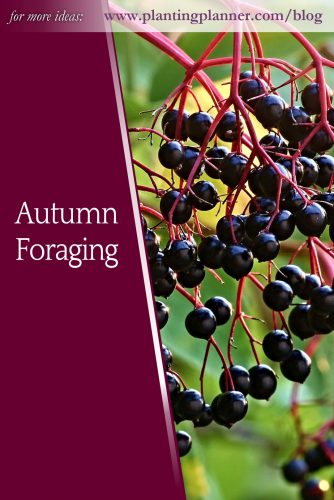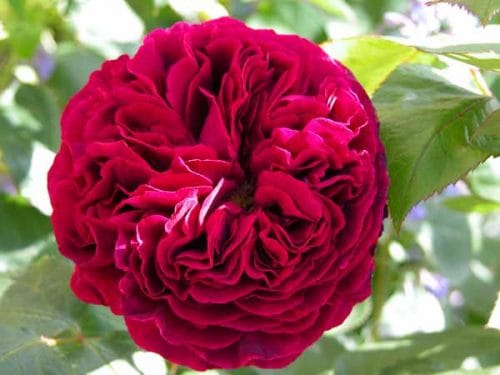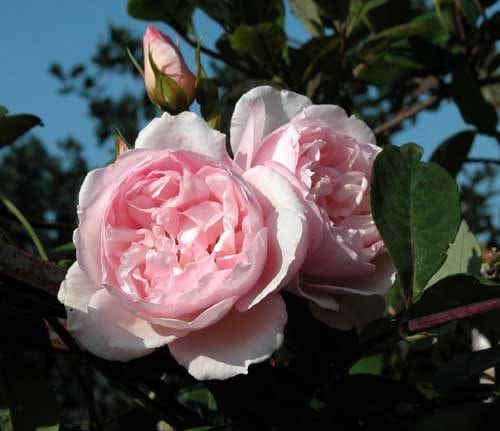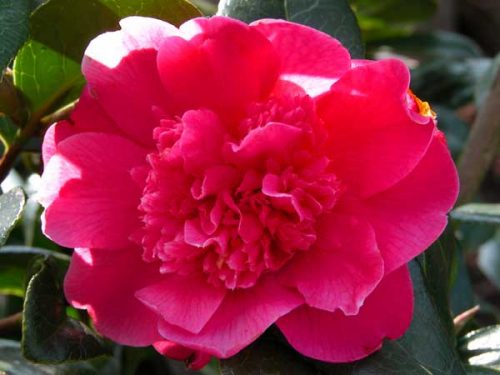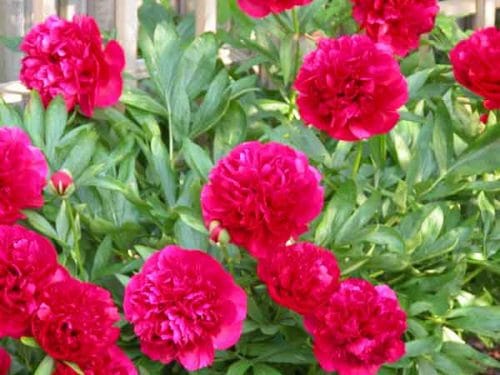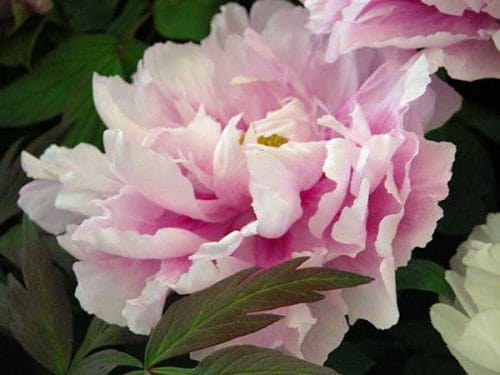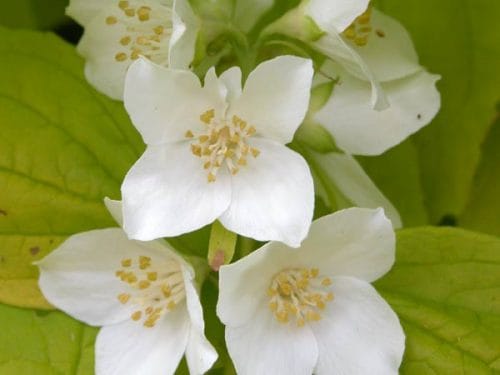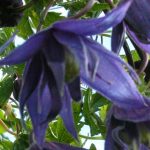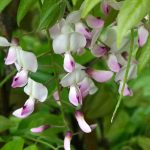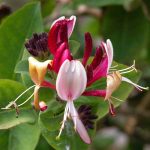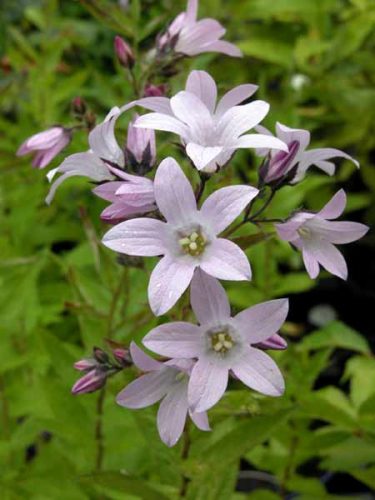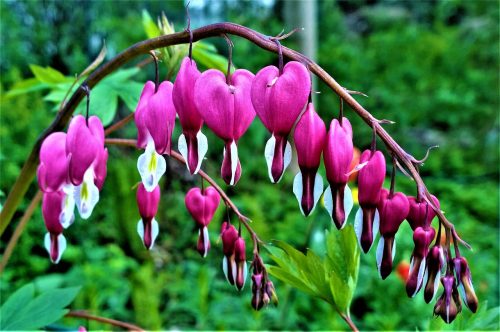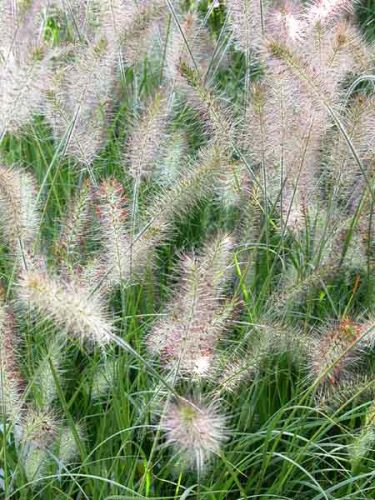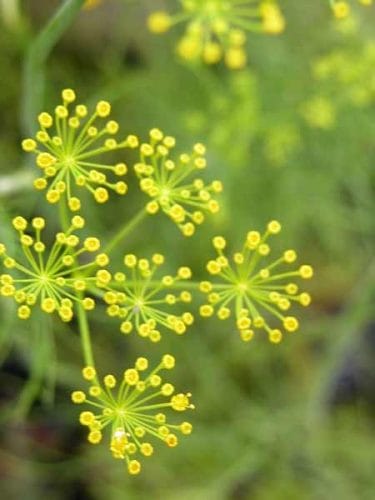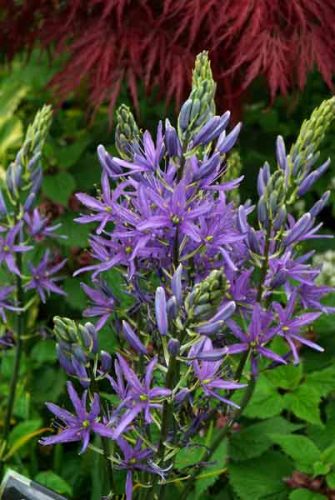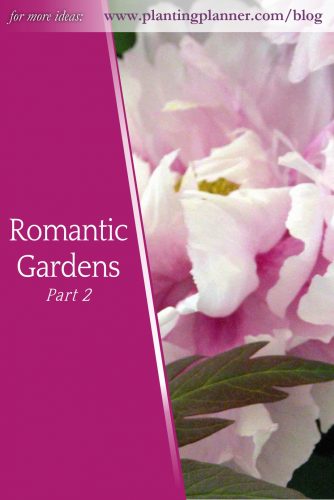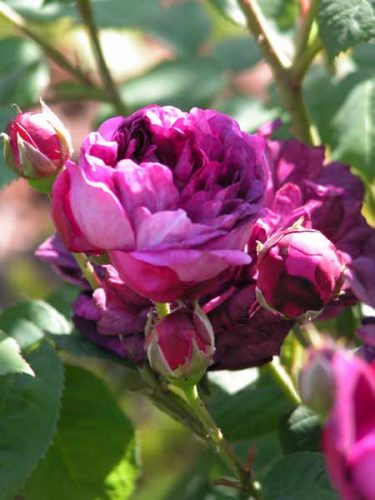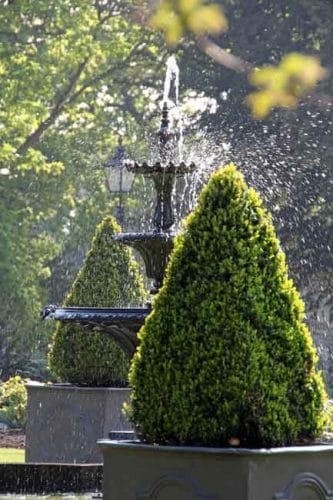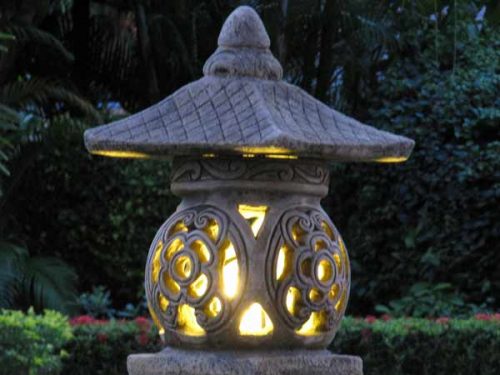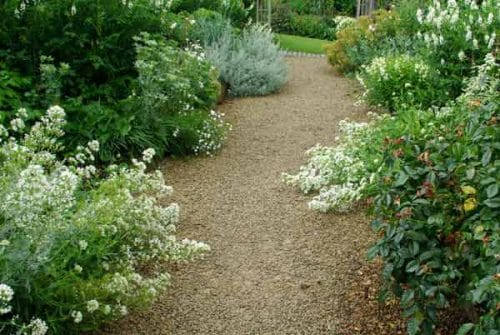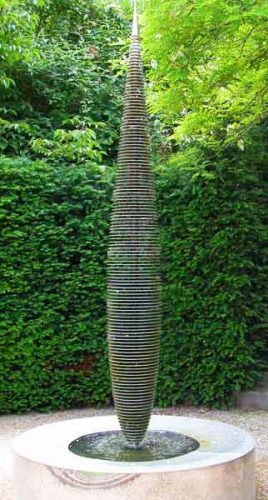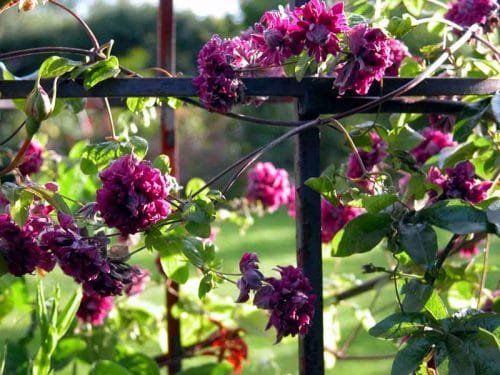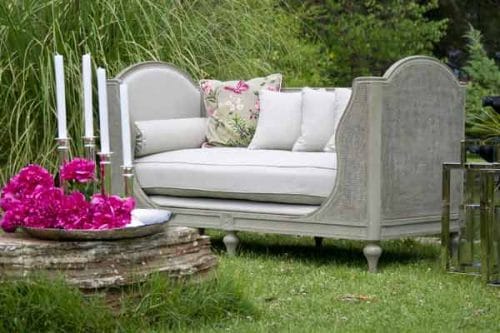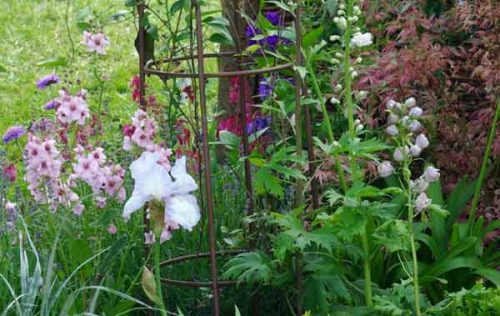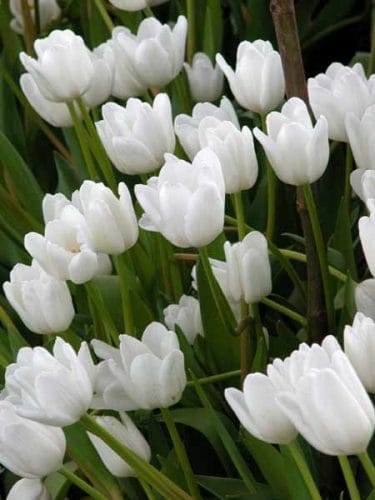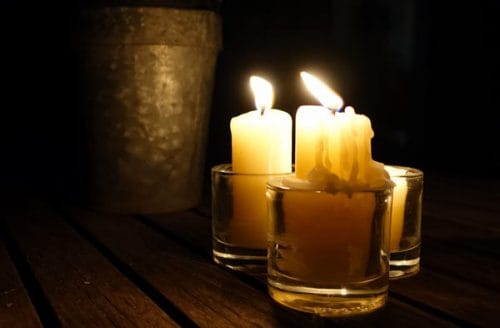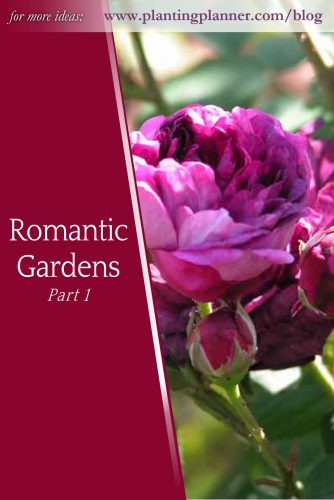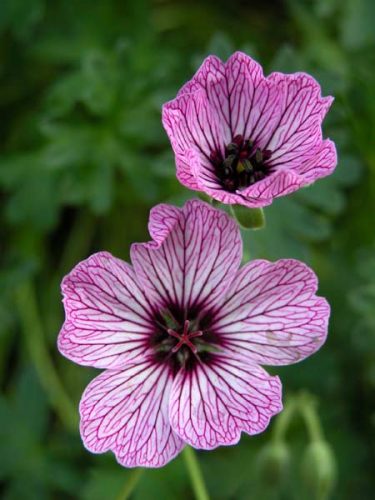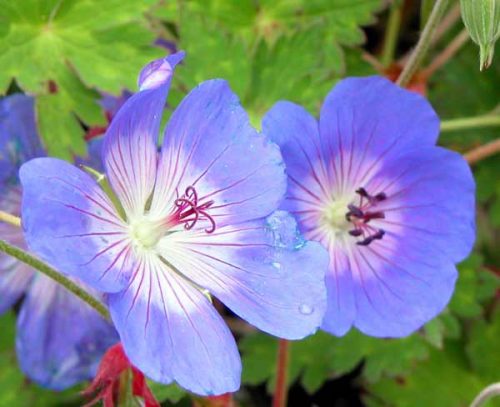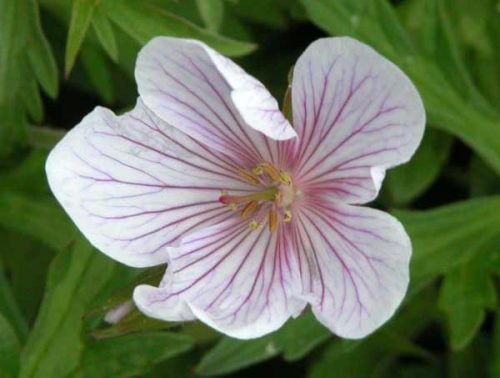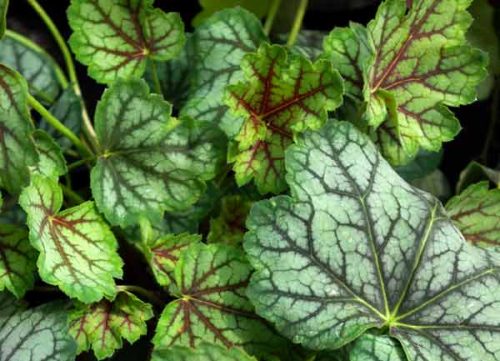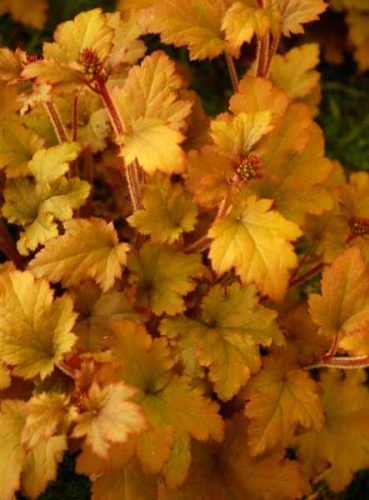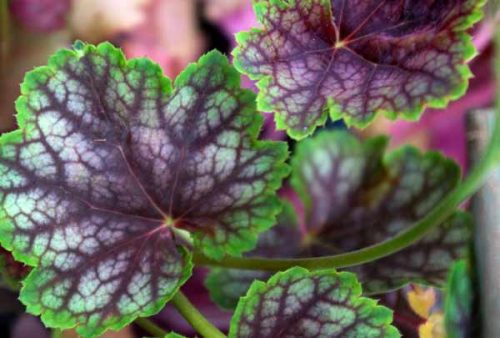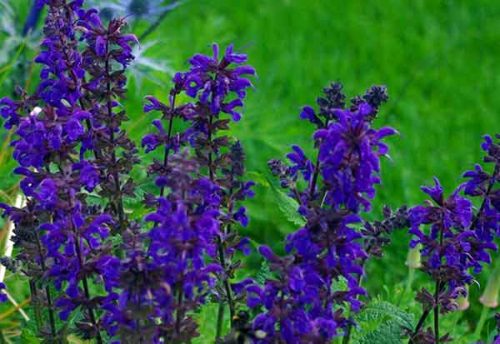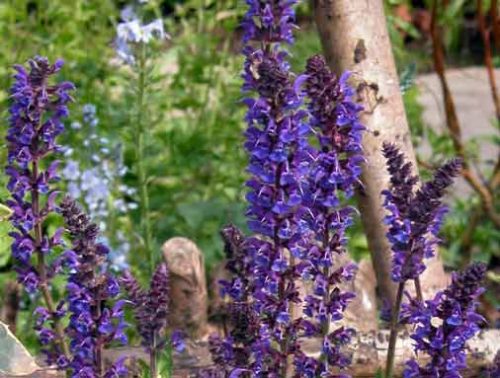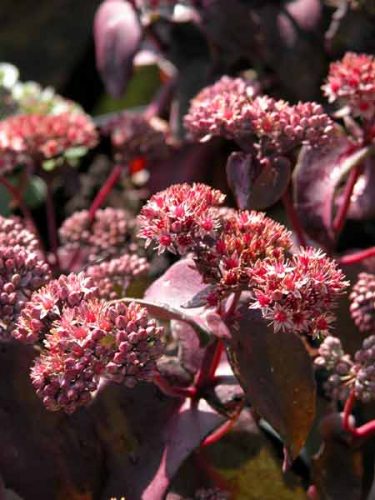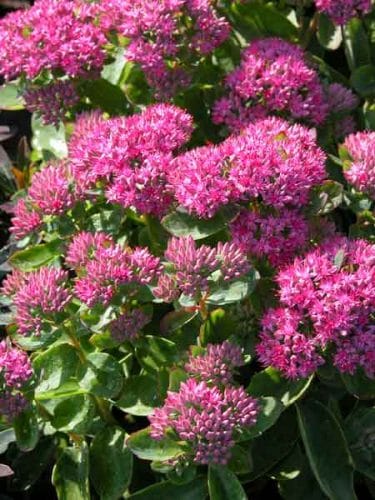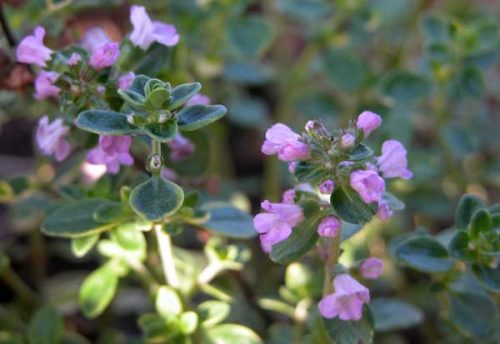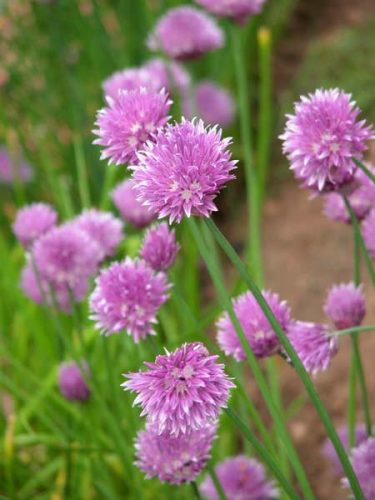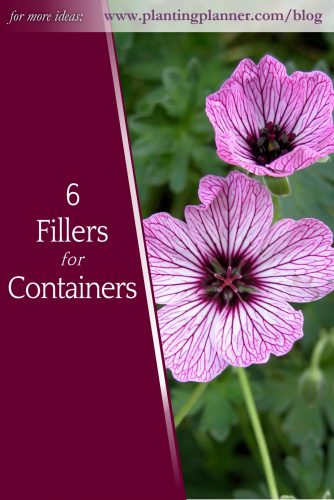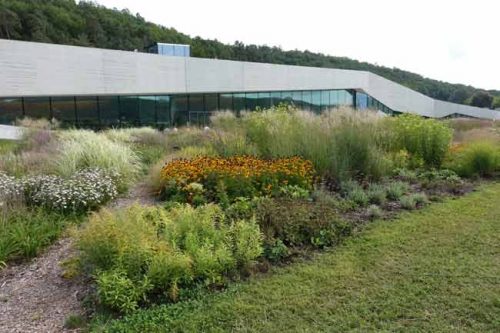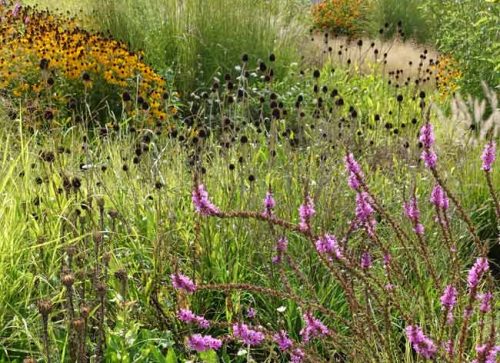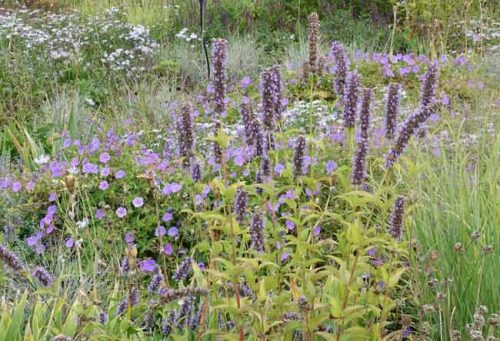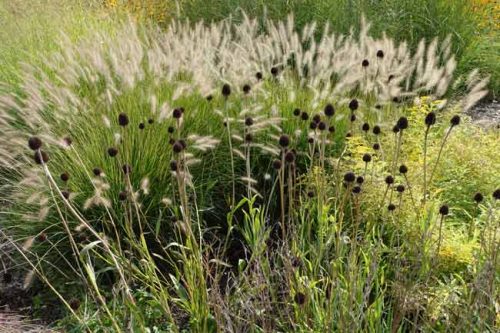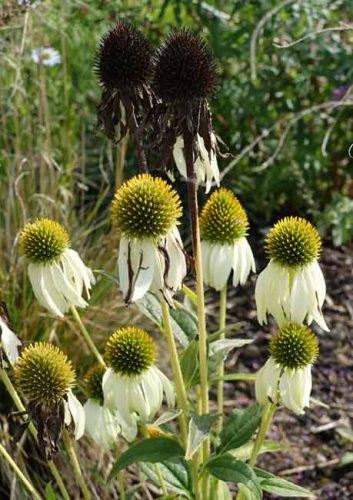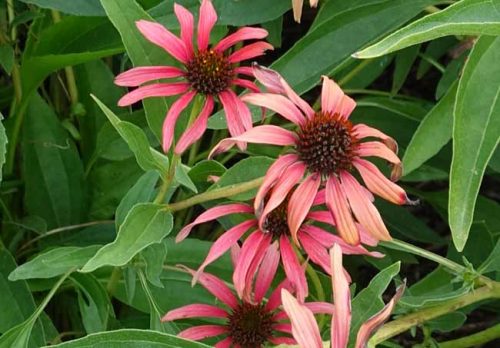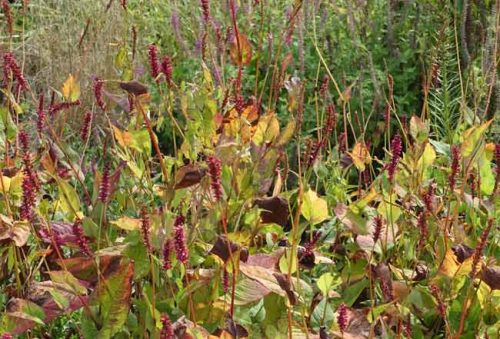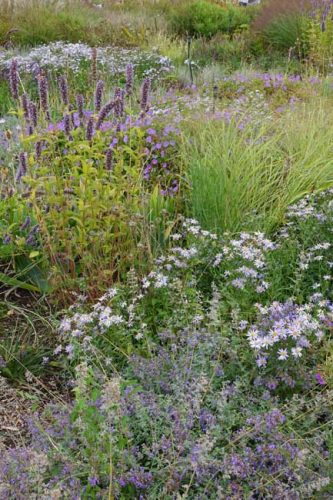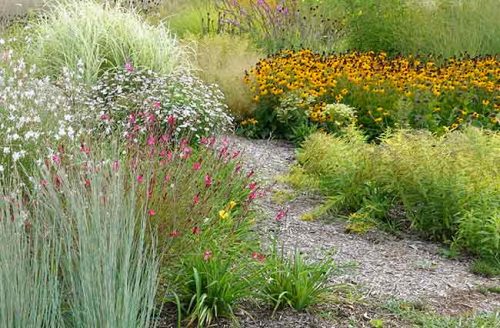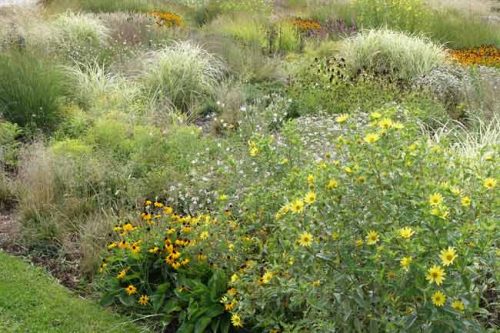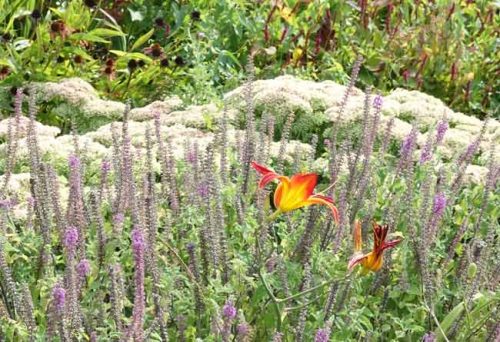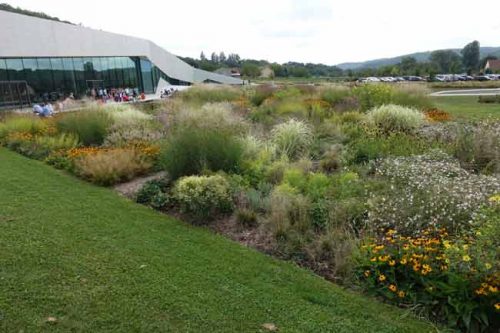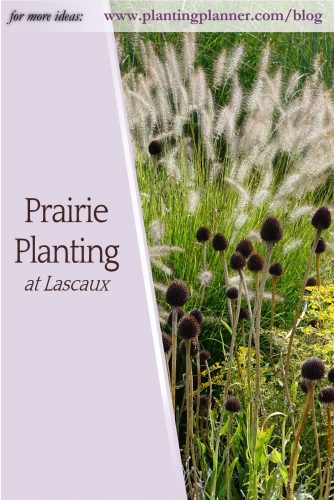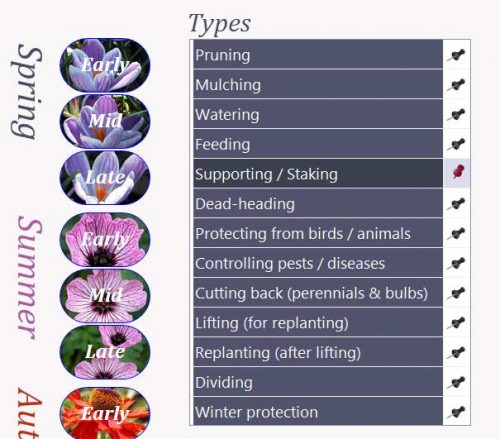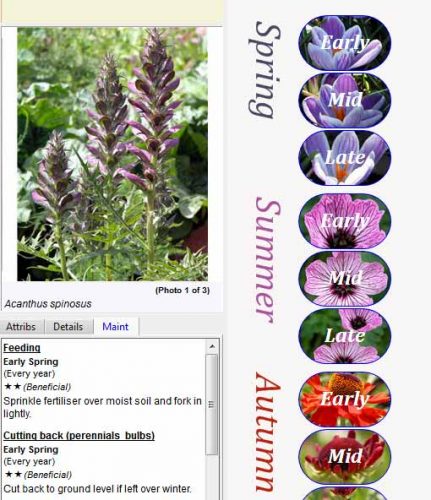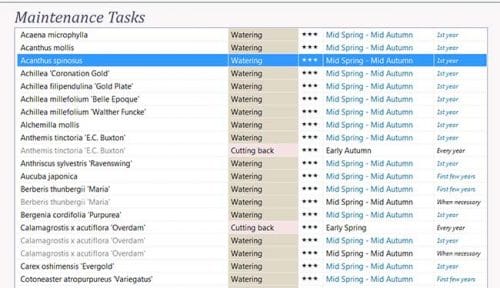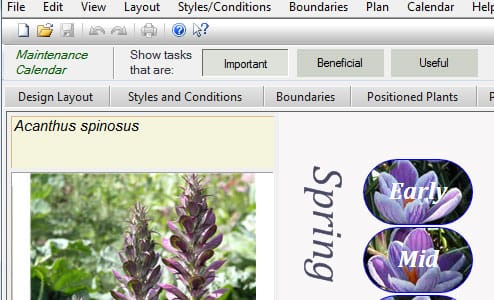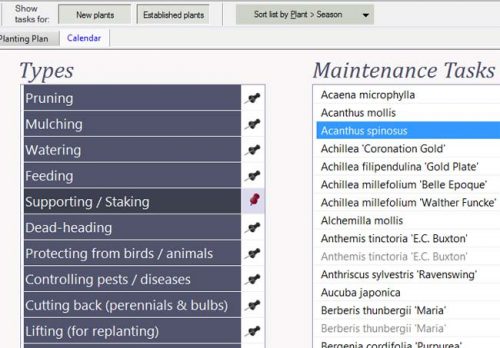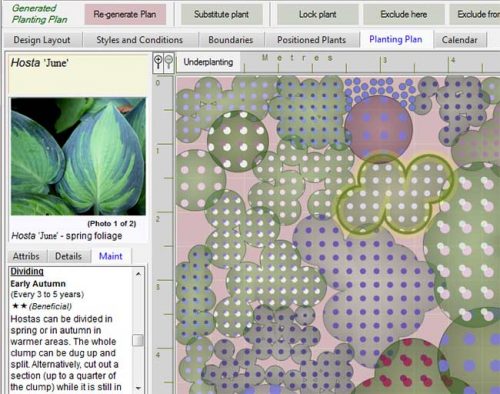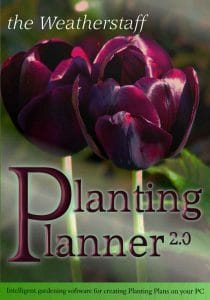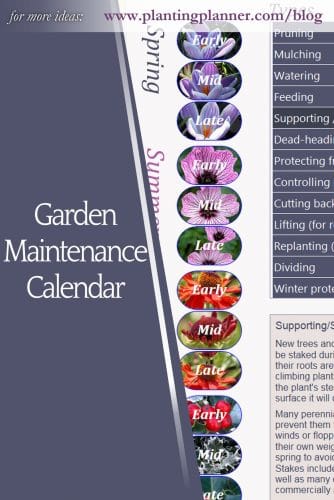from The Weatherstaff PlantingPlanner – intelligent garden design software
Woodland gardens invoke all our senses at once. Sun dappling through leaves, a shady respite on a hot summer’s day, birdsong, damp earth, rustling leaves. Spending time here can help us relax, slow down and breathe more deeply. It’s good for our souls.
If you have trees and shrubs casting shade in your garden, then you already have the makings of a woodland garden. And if not, then there’s nothing to stop you creating a woodland garden from scratch. Create a little copse of trees, by planting 2 or 3 suitable specimens close together, and underplant with shade-loving perennials and bulbs. For an instant impact, you can buy semi-mature trees which will provide immediate height and structure.
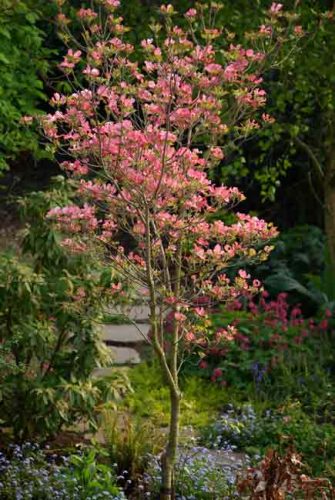
Trees which won’t grow too large or which have a narrow form are perfect for gardens. Columnar Betula pendula ‘Fastigiata’ or Cornus florida (flowering dogwood) are good choices.
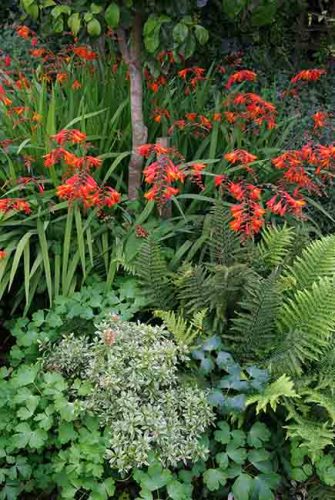
Woodland gardens are suitable for every size of garden. In small gardens, one flowerbed around a single tree (or even a large shrub) can be planted up in the woodland style. Crocosmia tolerates dappled shade and, here, it adds a splash of colour amongst ferns and a miniature pieris.
In an attempt to cut back on lawn-mowing, we sectioned off the narrowing, top part of our garden and made a little woodland area. We planted two silver birches, chosen for their narrow growth and fairy-tale white trunks, laid a sinuous path of stepping stones and planted up the area with a collection of ferns and shade-loving shrubs and perennials. The sun-dappled woodland garden is a picture in spring and a cool, shady retreat in summer.
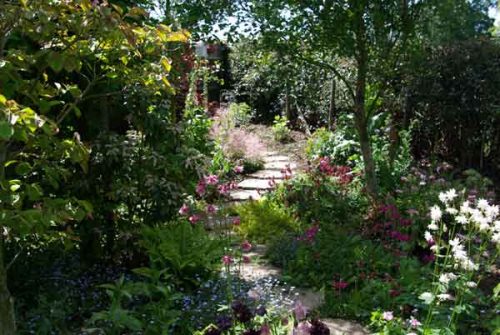
Spring bulbs and self-seeding columbines, forget-me-nots and candelabra primula created an enchanting, secret garden early in the year. Geraniums, skimmia japonica and pieris provided structure for the rest of the year.
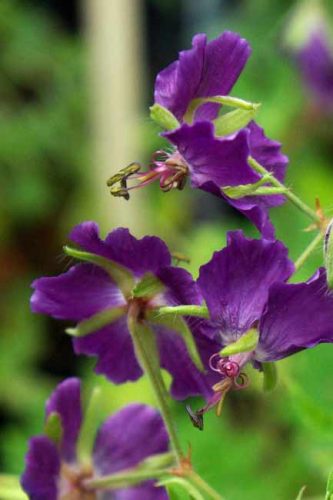
Geranium phaeum – also known as dusky crane’s-bill or mourning widow – is a tall clump-forming perennial, which grows well in both sun and shade. Its pretty, slightly reflexed flowers appear in late spring and early summer. ‘Lily Lovell’ has dusky purple flowers. ‘Samobor’ has purple-black flowers.
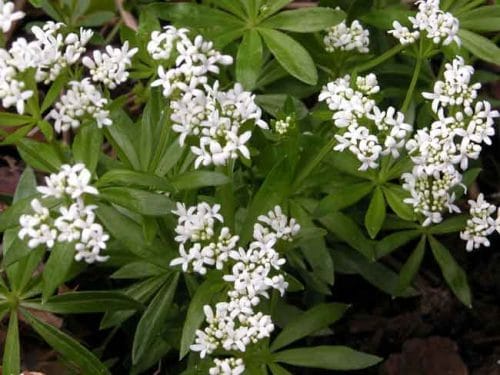
Groundcover plants filled up the borders quickly and helped to smother any opportunistic weeds. The delicious, scented Galium odoratum – sweet woodruff – has starry white flower in late spring to mid summer.
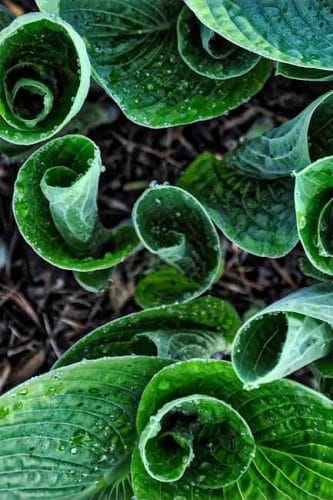
Hostas are a perfect plant for woodland areas, though you will have to set up a slug patrol. Their large, architectural leaves come in a range of yellows, blues and greens and they are often bi-coloured. The national collection of hostas, held at Mickfield Hostas in Suffolk, contains over 2,000 varieties of hostas. Their leaves are their main feature, with the flowers putting on a secondary show. However some hostas have fragrant flowers, so it’s worth planting those near a sitting area or a pathway. The scent is particularly noticeable on warm, summer evenings. Look out for Fragrant Bouquet, Honeybells and Cathedral Windows.
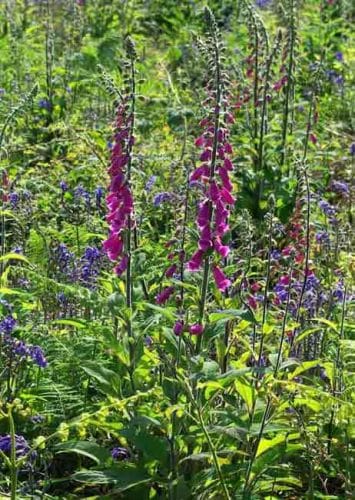
Many native wildflowers are naturally suited to woodland habitats. Foxgloves, primroses and bluebells are beautiful woodlanders. If you have the space, let them self-seed. It’s worth checking that you have native English bluebells as the Spanish variety can be invasive.
Woodland gardens are a four-season wonder! The first bulbs appear under leafless trees in winter, building up to a crescendo of colour in spring. As the canopy closes over in summer, the trees provide a shady bower and welcome relief from the midday sun. The changing colours of autumn and the rustling leaves underfoot lend a magical atmosphere to the closing of the year.
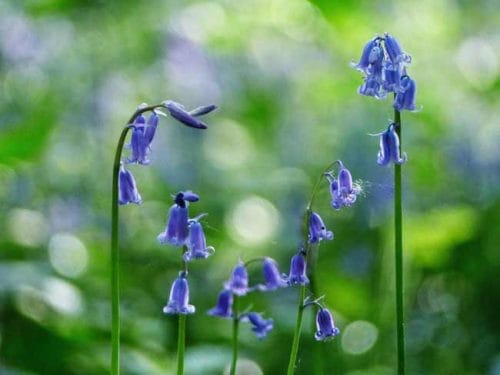
If your woodland area is big enough, include a path to wander along using bark or stepping stones. A seating areas to sit and appreciate nature is essential. Rustic benches look great, but contemporary sculptures and seating can also sit well with your design.
The key to a successful woodland garden is choosing plants which thrive in low light levels. Make sure they are watered in well in their first growing season to settle them in well.
Pin for later
For more gardening ideas, click here to follow the Weatherstaff PlantingPlanner on Pinterest.


